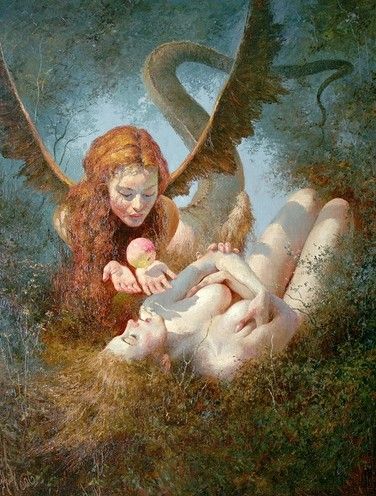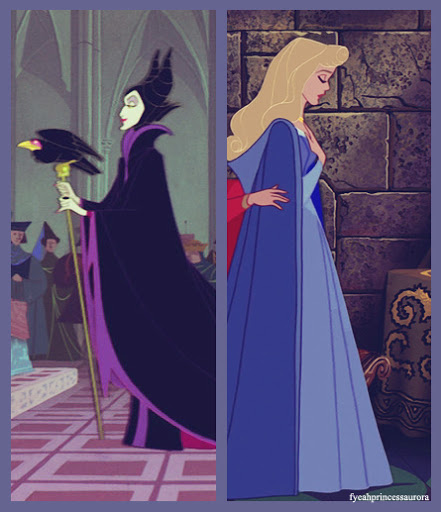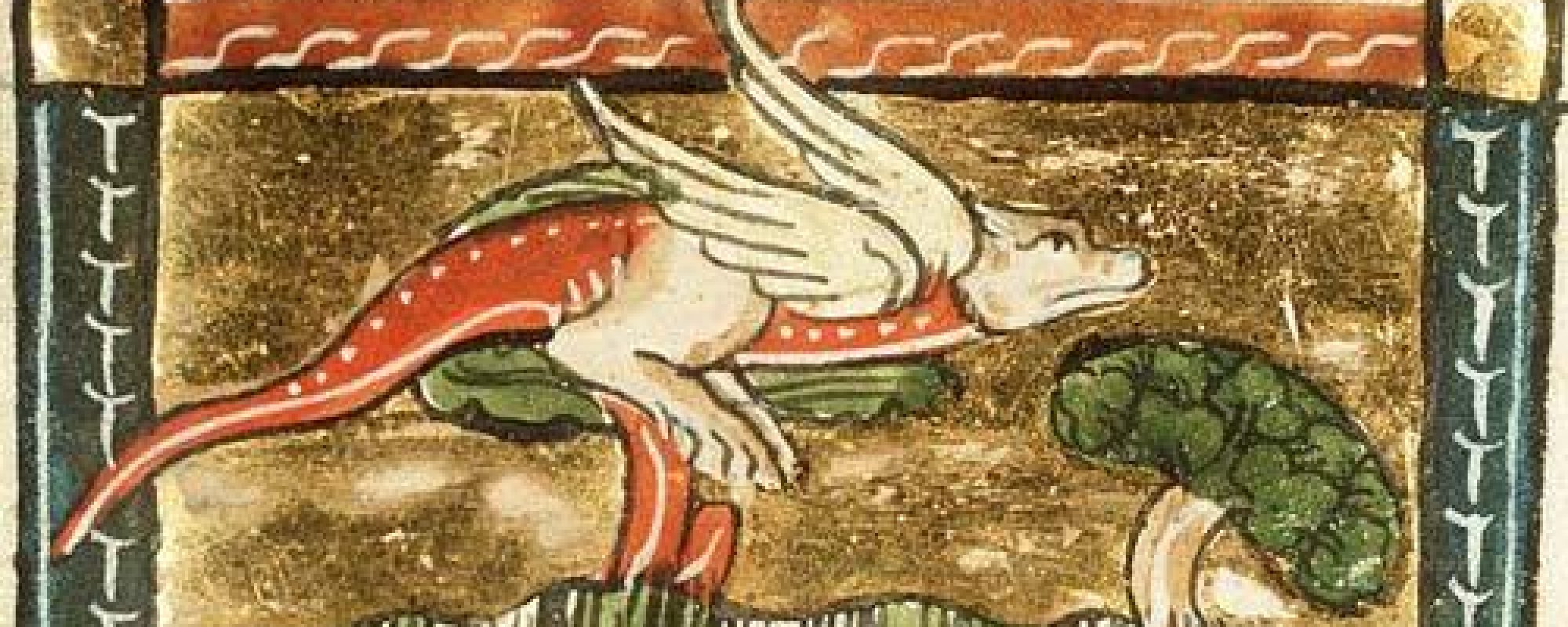by Catherine Watson

https://i.pinimg.com/originals/22/c0/84/22c084250b8832e4631e889580ac4392.jpg
Long before the written word existed a story of the first two women on Earth. The first was Lilith, created from the same clay as Adam. But she refused to submit to him if she were to be his wife, so she left. Eve was created from Adam’s rib, making her a much more submissive partner for him, but Lilith reappeared as a serpent to tempt Eve, eventually causing the Fall of Man. This story isn’t biblically accurate, but it does appear in Jewish mythology, as well as many other cultures with slightly different details. This story became the first appearance of the perception of women as either light or dark, either pure or impure, either good or evil.
Introduction
Looking backward to the life of women in the Middle Ages, the average person tends to think about either princesses locked in towers or peasant women raising children on farms. With nearly a millennium of time passing between our lives and theirs, the image of what a real Medieval woman was has blurred with time. So, the only reference we have for what these women’s lives were like lies in the literature from this period, which has evolved into stories written today about these past women’s lives–i.e. the phenomenon of medievalism in media. The only problem is that during the medieval period, almost no depictions of realistic women were recorded, let alone popularized. The few women that were detailed in medieval stories are not often not real people, just representative of themes or functioning as plot devices. These women tend to fall into two categories best summed up by Diana Marques in her article “Power and the Denial of Femininity in Game of Thrones”: “Depictions of women…fall into two categories: either the damsel in distress—fragile, weak, and in need of a hero to save her—or the villain of the story (47)”. Only recently has medieval literature even tried to break this mold, meaning that most stories involving medieval women paint them as black and white characters
Medieval writings
The King Arthur mythos is littered with women who fall under these two categories, and often they are found in pairs that foil each other. An example of this pair can be found in Thomas Malory’s Morte D’arthur, where Sir Perceval has a dream of two women: a young woman riding a lion and an old woman riding a serpent. The young, likely virginal woman gives him a warning and says that her lord is “the greatest lord in the world,” likely referring to the Christian God whom Sir Perceval worships. The old woman tries to seduce him–this on top of her riding a ubiquitous symbol of Satan (482-483). Nicole Smith, in her article “Representations of Women in Medieval Literature,” categorizes female characters written during this time as “confined” and “unconfined” (1). The confined woman was content to live in her role prescribed for her, not causing any tension. On the other hand, however, “The free or unconfined woman, however, is often the source of tension in her society and the plot revolves around correcting, recognizing the evil of, or eliminating such a woman” (1). A peaceable woman who stayed within her bounds was safe and harmless, while a woman unhappy with her lot would become a threat. In medieval texts, an unconfined woman both served as a device to build a conflict around and a warning to keep women to these confined roles.
Sleeping Beauty vs. Maleficent
Yvonne Seale discusses these Medieval female roles in her article “My Fair Lady? How We Think About Medieval Women.” She posits that
“Disney animated movies— from Snow White (1937) to Tangled (2010)— feature Princess heroines who inhabit generic medievalesque landscapes, and whose virtuous purity is rewarded with a heterosexual love interest and a “happily-ever-after” ending…no matter how spirited these heroines are, they can’t escape the hazy romanticism of Disney’s ‘modern medievalism.’”
The best movie that exemplifies this duality of woman is the 1959 Disney film Sleeping Beauty: a medieval story where the pure, ladylike princess is harmed for something that wasn’t her fault, but in the end, she is rewarded with “true love” from a prince she barely knows. The more knowledgeable, powerful woman is angry at the royal family for vague reasons, she curses the girl, and is vanquished in the end. Through the film, we don’t get to know either woman beyond the superficial level. We don’t know how Aurora falls in love, and we don’t know why Maleficent has such a vendetta for the royal family, aside from not getting an invitation to the girl’s christening. That’s hardly a good enough reason to kill a child.

https://www.fanpop.com/clubs/sleeping-beauty/images/36839858/title/maleficent-aurora-photo
Modern interpretations
Game of Thrones is one of the modern medievalist pieces that’s made an extensive effort to buck these stereotypes, and it ends up doing so in surprising ways. Game of Thrones has no shortage of women who want power, whether that be political, social, or even just autonomy over herself. Marques puts these women into two categories: those who try to strip themselves of femininity to appear masculine and, therefore, powerful, and those who use their sexuality to wield power over men (50). The former are characters like Arya Stark and Brienne of Tarth, who shed the expectation of looking and acting like ladies to gain opportunities they would otherwise miss solely by being born female. The latter are characters like Cersei Lannister and Margaery Tyrell, who use their wits and sexuality to manipulate the power of others. While all of these women represent “unconfined” women that could be seen as a threat, we don’t dislike any of these women just because they want power. Those that are villains are made as such by the character of their own actions rather than the perception of others. Like them or not, no one can deny this about these women: “Yet, no matter how women use or try to attain power, they play some of the most important roles in Game of Thrones and cannot be overlooked simply as secondary characters or accessories to male characters” (Marques 50).

https://hips.hearstapps.com/hmg-prod.s3.amazonaws.com/images/maisie-williams-comp-1557935436.jpg?crop=1xw:1xh;center,top&resize=980:*
- Marques, Diana. “Power and the Denial of Femininity in Game of Thrones.” Canadian Review of American Studies, vol. 49, no. 1, 2019, pp. 46–65., doi:10.3138/cras.49.1.004.
- Seale, Yvonne. “My Fair Lady? How We Think About Medieval Women.” The Public Medievalist, 25 Oct. 2018, http://www.publicmedievalist.com/my-fair-lady/.
- Smith, Nicole. “Representations of Women in Medieval Literature.” Article Myriad, 2011, http://www.articlemyriad.com/representations-women-medieval-literature/.
